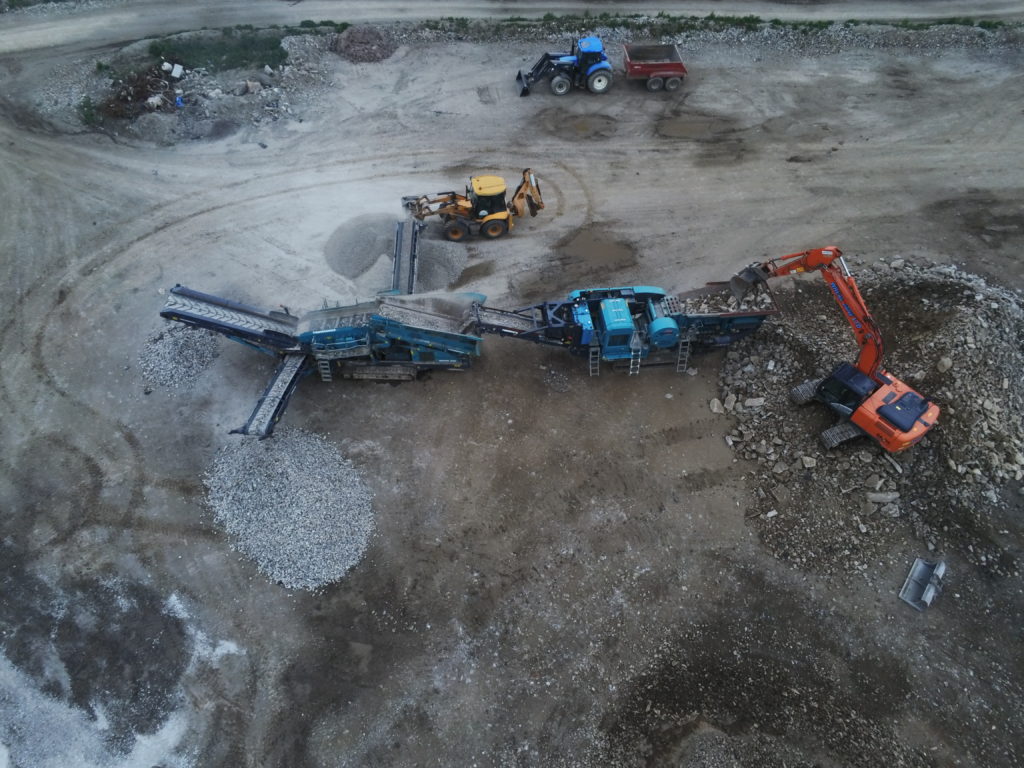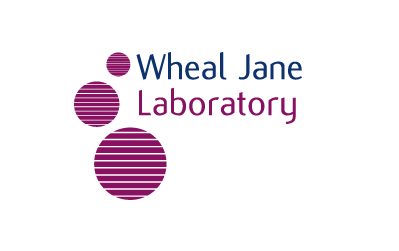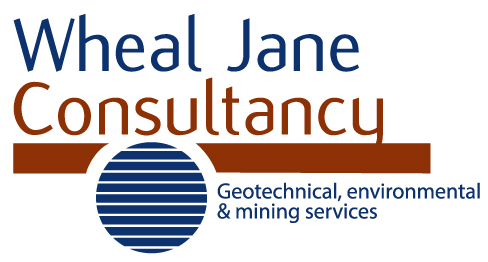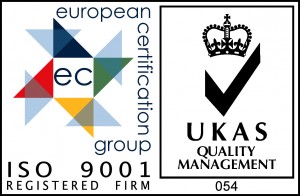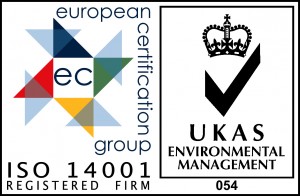The Last Cornish Tin Smelter?
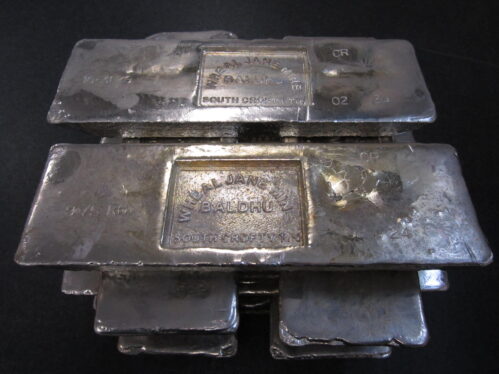
Wheal Jane Laboratory has, in recent years, been heavily associated with lithium analysis and exploration both locally and internationally, and continues to expand into other new sectors of the analytical market. Base and precious metal analysis have long been a mainstay since the mining times, and in the early days as a commercial laboratory. However, one traditional and little-known part of the laboratory business is small scale metal smelting, mostly of tin, but also notably of gold and silver.
The smelting and refining of gold has come from as far away as Greenland and as near as Wales. It was Wheal Jane Laboratory that first produced gold from Scotgold Cononish mine in Scotland using concentrates produced by SGS during feasibility test work nearly ten years ago. Audit by the Edinburgh Assay Office allowed considerable production during 2016 and 2017, before the mine took production back “in house” in subsequent years.
However, the original smelting capability was created to produce tin metal from South Crofty mine concentrate. After the mine closed in 1998, productionof tin metal continued to supply the South Crofty Collection jewellery business. This was possible because stocks of concentrate remained on site at Wheal Jane after the last commercial shipment was sent to Thailand in March 1998. At the time, the jewellery business was part of the Wheal Jane Group, but is now independently owned and continues to go from strength to strength with a unique “metal from a single mine”. It was also the proven provenance and purity of the tin that allowed it to be used in the making of the bronze medals for the London 2012 Olympics produced by the Royal Mint.
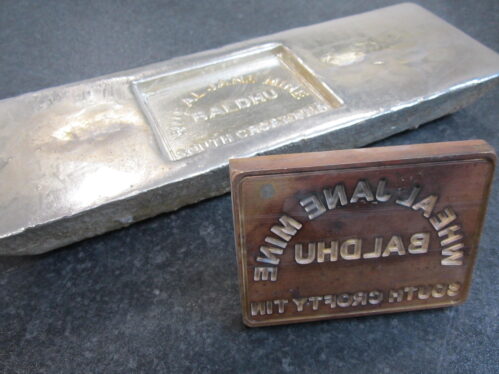
As the redevelopment of the Wheal Jane site continues, the need to smelt all the remaining concentrate has increased before the smelter building is finally demolished. To commemorate the last foreseeable tin smelting in Cornwall, a new hot mark has been produced to stamp each 10kg ingot. This is a process that goes back several centuries whereby each independent smelting house had its own hot mark as proof of origin. This was very important in the 18th and 19th centuries when Cornish tin held a premium compared to tin smelted in South America, Asia, or Australia. The new hot mark states “WHEAL JANE MINE BALDHU – SOUTH CROFTY TIN” and will appear on all 2024 production, marking the end of a long smelting tradition – probably.
Cornwall’s first soil treatment facility gets under way at the Wheal Jane Earth Science Park
Wheal Jane Ltd is pleased to announce that UK Remediation Ltd, having secured the required planning consents and licenses, have now completed the construction of their new soil treatment facility on a small area within the Wheal Jane site, and are now open for business.
We are excited to now be able to offer Soil Remediation/treatment on the Wheal Jane site, representing an important addition to our current recovery and recycling services. The project will provide an important contribution to Cornwall‘s recycling targets as well as boosting the green credentials of our customers and the Wheal Jane site, all of which supports the ethos behind the creation and approval of the Wheal Jane Master Plan and the development of the Wheal Jane Earth Science Park.
Being the first of its kind in Cornwall, this new facility will be able to accept various hazardous and non-hazardous soils including contaminants such as ASBESTOS, HEAVY METAL and HYDROCARBONS. It will enable these contaminated soils to be treated using approved methods and used for the restoration of our Clemows Valley Tailings Dam. This process removes the need for the material to be transported much further afield, sometimes hundreds of miles, for disposal at landfill. Removing the need for haulage reduces CO2 emissions and disposal costs for our customers.
Should you have an enquiry, or require further information, please contact us on.
01872 560200 or info@wheal-jane.co.uk
Avoiding landfill
With many new construction projects popping up across Cornwall, older buildings are often being demolished, especially those which have the rather 70s look that has fallen out of favour. This can mean a lot of leftover materials such as concrete, which if not recycled would go to landfill. However, by using Wheal Jane these old materials can be crushed and screened, turning them into a variety of usable aggregate grades certified to the same standards as quarries.
But this is only part of the Wheal Jane story, We also can separate and reuse the stone content from inert/clean soils to use in our aggregate production as well as accepting contaminated soil and stone waste which can be incorporated on our waste facility for roadbuilding, safety bunds or restoration.
25th July 2019
Bagged Recycled Aggregates now available for collection
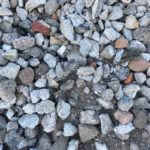 Wheal Jane is now keeping tonne bags of our high quality Recycled 803, ready to be collected.
Wheal Jane is now keeping tonne bags of our high quality Recycled 803, ready to be collected.
We can also supply our other products bagged on request if required.
Please call on 01872 560200.
12th July 2019
Sustainable aggregates from recycled materials
When it comes time to source construction materials, many firms are now more interested than ever in the environmental side of things. They may boast green credentials where they are trying to reduce waste and re-use more, or they might be working for a client who is particularly interested in keeping things sustainable. Whatever the reason, using products such as gravel made from recycled materials can have many advantages, so here are some things to think about.
Are recycled aggregates as good as new?
Recycled aggregates may be inexpensive compared to quarried products, but quality is not compromised when you use our recycled aggregates. They are the same grade and quality as new products from a quarry and must adhere to strict Highway Standards when being sold as such, so you don’t have to worry about using them for your important projects. Some things that recycled aggregates might be used for include:
- Road construction
- Bulk fills
- Noise barriers
- Fill for drainage
They can be simply used as a direct replacement for virgin aggregates, whilst saving you money.
13th June 2019













